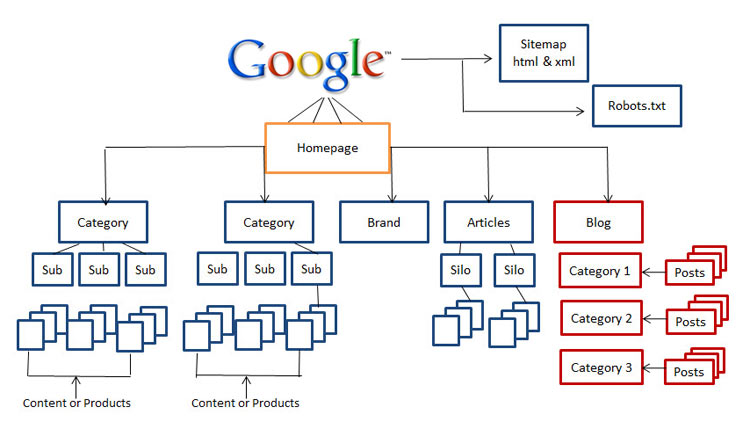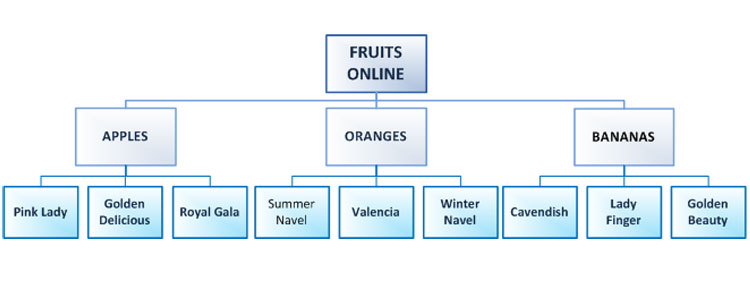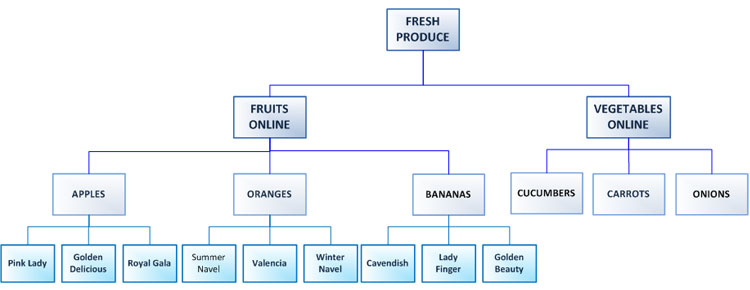How to Improve Your Structure By Relevancy

18 November 2015 Blog Posts
Now that we’ve discussed creating descriptive meta tags, for our example website www.frop.com.au, it’s now time to make sure our website structure is properly configured to Google standards. While the navigation of a website is important in regards to the user experience, It also serves to tell Google what pages and information you (the webmaster) find to be most important. As stated in the Google SEO Starter Guide: “Google also likes to have a sense of what role a page plays in the bigger picture of the site.” This means that Google expects your website structure to be configured based on relevancy.
HOME PAGE KEYWORD FOCUS
Finding the right home page (parent) focus keyword is crucial in every optimisation. We often see clients struggle to tell us a word that will bind all their main products together. The fact is, it’s always hard, and we frequently see business owners targeting all their main products on the home page, which can prove to be detrimental.
Remember the right focus word exists, we just need to find it!
To identify the right focus keyword, you need to identify yourself and what you hope to achieve out of having an online store. Your store can be a furniture store, perfume shop, deals site, fruits shop etc. Now, a furniture store can be divided in outdoor and indoor, then can be divided in home, office, retail etc. If your structure has the least 3 main categories, you should be thinking of what the best keyword is that binds those 3 categories. You will say; “that was easy, it must be furniture!!!” However, by identifying yourself with the focus keyword “furniture,” you are going head to head with Ikea, Harvey Norman and all of the furniture giants that you simply can’t beat. the best strategy is to find a niche target that will identify your site differently by avoiding the big guys, which can be, furniture deals, furniture online (remember Ikea has physical stores!!!), design furniture, modern furniture etc. The point is: if you convince Google that your website is about furniture deals, it will be very easy to then convince Google that you sell office furniture deals, kitchen furniture deals, etc.
Focus Keyword Things to Remember
- Don’t always go for the bigger search term, but rather go after a niche market that defines exactly what you offer.
- There is no rule in this formula; it is a case by case approach. We study a lot of parameters before making the right decision. This is why we do full market research, where we can find all possible combinations of how to sell your products. This allows us to combine your possible structure in logical way, starting from bottom up.
- When creating a site structure, always follow the parental rule and ask the question: Is the sub category (child) relevant to the parent category? (i.e. Is banana a fruit, is golden delicious an apple etc.)
- When we talk about relevancy we think of a parent-child relationship, where both are relevant to each other and the children always belong to a parent. The home page is the “parent” of all other pages which is why it is the most important. However, there is another important element that we would like to address – one that most webmasters are neglecting: a naturally flowing hierarch
NATURALLY FLOWING HIERARCHY
With our virtual shop, www.frop.com.au, we know that our target market is consumers looking for fresh fruits online. So, how do we go about improving our structure to provide easy navigation for users while also providing a structure that employs a naturally flowing hierarchy? At Megantic, we employ a data mining strategy known as a feasibility study. With a feasibility study, we determine our potential target market by starting with keyword research to get a better understanding of how users are searching for your products. This gives us a better understanding of how to implement a naturally flowing hierarchy. We then use the results of our keyword research to determine which keywords we will target on our home page, category pages & product pages. This information proves to be extremely valuable as it gives insight into consumer behaviour while guiding our decision on creating a relevant site structure.
We will illustrate all of this using our virtual shop. Through our research, we have identified our site’s focus keyword as fruits online. This tells the users and search engines that we sell fruit online and that you can find fresh fruit on our site, delivered daily. Now it is time to create a structure based on relevant categories. In our example, we will just use a few different fruit types to illustrate the scenario. Once we’ve properly identified our target audience and keywords, we can then begin mapping out our categories and sub categories. Our new site structure should look something like this:

In the example above, our navigation flows from Home Page (Fruit Online) to Our Banana Page and then to our “Lady Fingers Banana” page. It follows a naturally flowing hierarchy for both the user and search engines. I.e. Fruit > Fruit Type > Specific Fruit. We are asking ourselves; “Are lady finger bananas a banana? Are bananas a fruit?”
EXPANDING YOUR CATEGORY AND BRAND REACH
While on this topic, It is very important to mention possible category/brand combinations, which most webmasters are neglecting to utilise. Now, in our example, it is hard to identify proper fruits brands. However, if you have an appliance store and do not have category/brand static pages, you are missing out on 60% of your market. A lot of our clients have the functionality of filtering categories by brands, but usually those pages are useless as they tend to not have proper meta and H1 tags. Therefore, search engines are struggling to find what’s on that page. It also causes more problems due to the fact that you end up with duplicate meta tags. Implementing such functionality allows us to expand our potential reach based on how users are searching for specific products. Note: It is very important to utilise custom meta tags with these categories/brands pages.
CHANGING YOUR TARGET
<
Now that we have created an amazing structure and are getting tons of traffic, we’ve decided to expand our business! Frop.com.au is now going to sell vegetables as well. We see a lot of business owners that hesitate to make the necessary changes due to fears of losing rankings and traffic. We have seen many business owners struggle with this task and we strongly recommend that you establish a comprehensive strategy before moving forward. A couple possibilities include a domain name change (rebranding) or simply changing the business focus from fruits online to: Fresh Produce, Fresh Produce Online, Produce Store, etc. Furthermore, if you see potential to grow your business more in the future, you can consider targeting groceries online as a main focus. This is great if, for example, you decide to sell spices or baked goods in the future. You can easily accommodate it in the new structure. This would work for the current setup, as both fruits and vegetables are groceries. In the case of www.frop.com.au, we’ve decided to keep our domain and just restructure our website accordingly. Our new structure should look like this:

In the above example, our navigation flows from the Home page to our new subcategories: Fruits and Vegetables. This makes it very clear to search engines what the categories and sub categories are all about. Again, when we consider a naturally flowing hierarchy and the parental rule, we ask ourselves: Is a Valencia Orange an Orange? Is an Orange a Fruit? Is a Fruit considered Fresh Produce?
THINGS TO REMEMBER
DO
- Create a naturally flowing hierarchy- Ensure that your focus keyword identifies your website
- Plan out your navigation based on your focus keyword
- Research unique target keywords per page
- Create a navigation based on relevancy
- Go after a niche market (not necessarily small!!!)
- Your hierarchy has to be even, not too deep or too wide
DO NOT
- Do not create complex webs of navigation links
- Do not bury important pages several clicks from the Home page
- Never pick a target because of large search volume. In reality, just think, you need one visit and one sale, not a 1000 visits and one sale.
If you’ve already identified that you’re not reaching your true online potential, and want to grow your organic traffic, then don’t hesitate to get in contact with the Megantic team. We can offer a personalised review of your situation and online potential. If you haven’t identified your market potential with numbers, now is the time to utilise a feasibility study. This allows you to project how large your organic channel can be in terms of revenue. The outcome is a truly valuable asset for your company.
Book your feasibility study now, as the comprehensive research typically takes 4-6 weeks to complete.
Who is this recommended for:
1. Established Businesses that don’t currently know their organic target market or potential (as KPI)
2. Start up business trying to investigate feasibility and possible revenue projections
3. Businesses with a large amount of products and fewer categories
4. Businesses expanding their products range
5. Businesses that are not achieving their potential market share
6. Websites with majority of traffic on the home page
Next blog: How To Improve Your URL Structure





